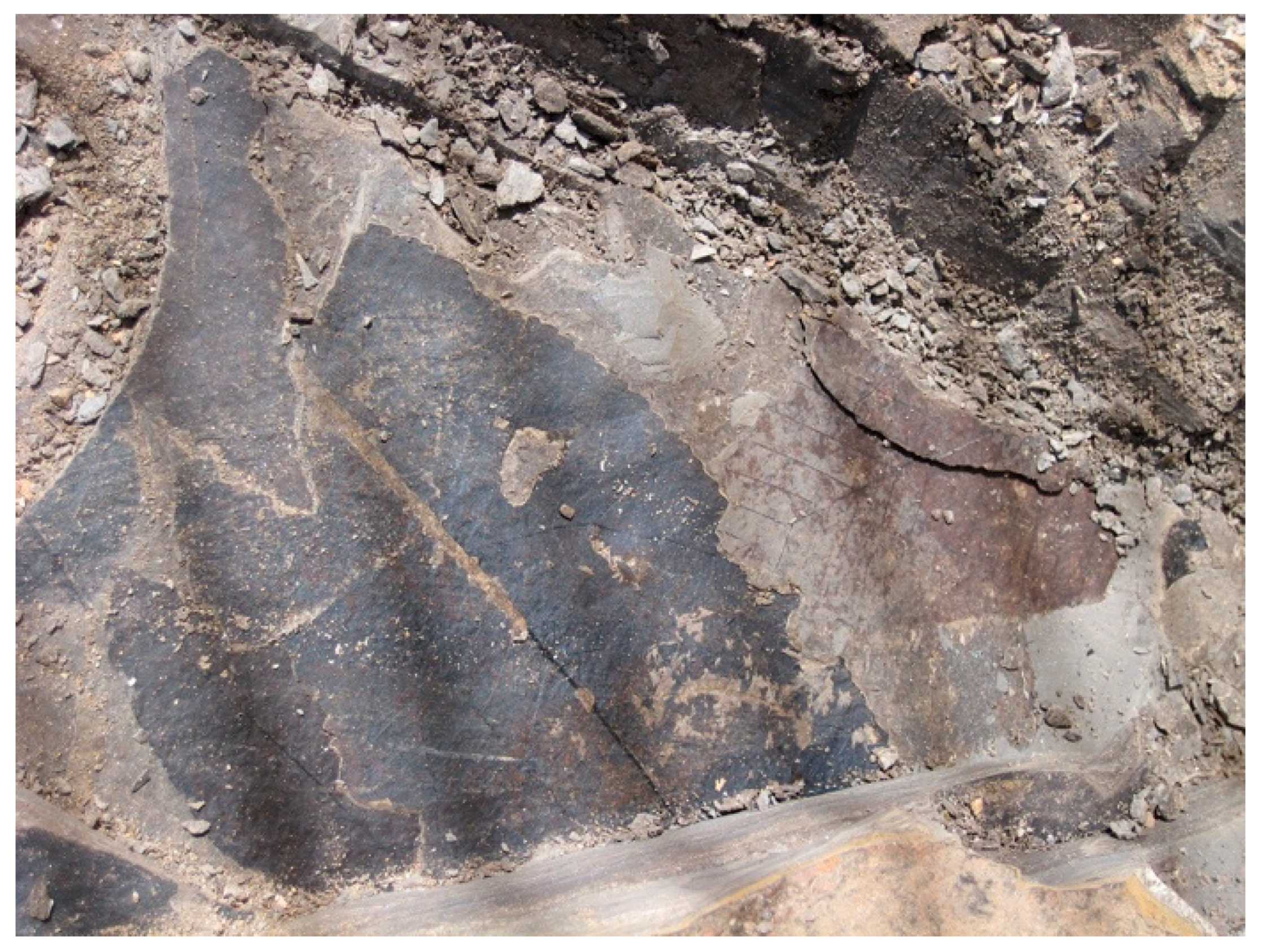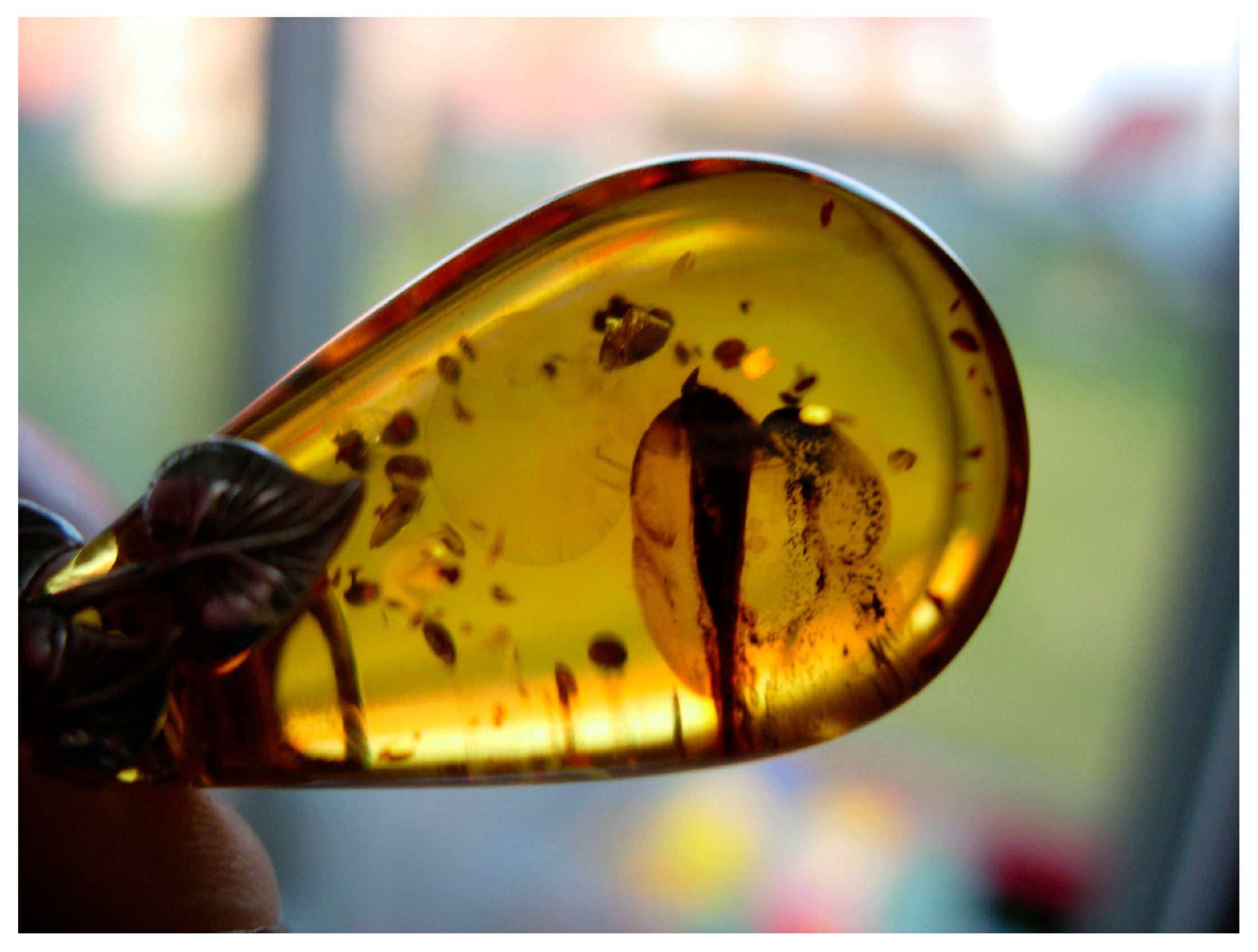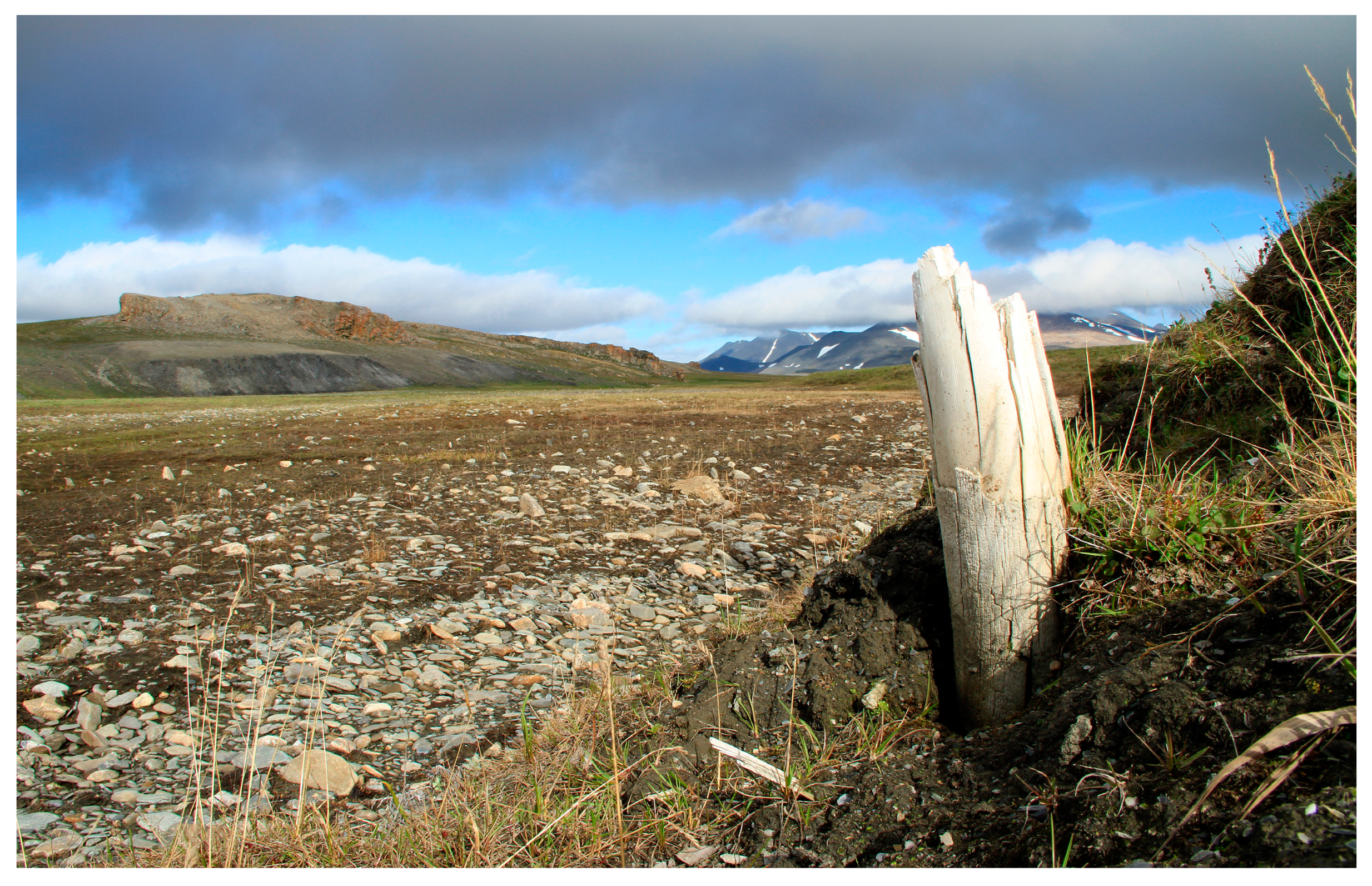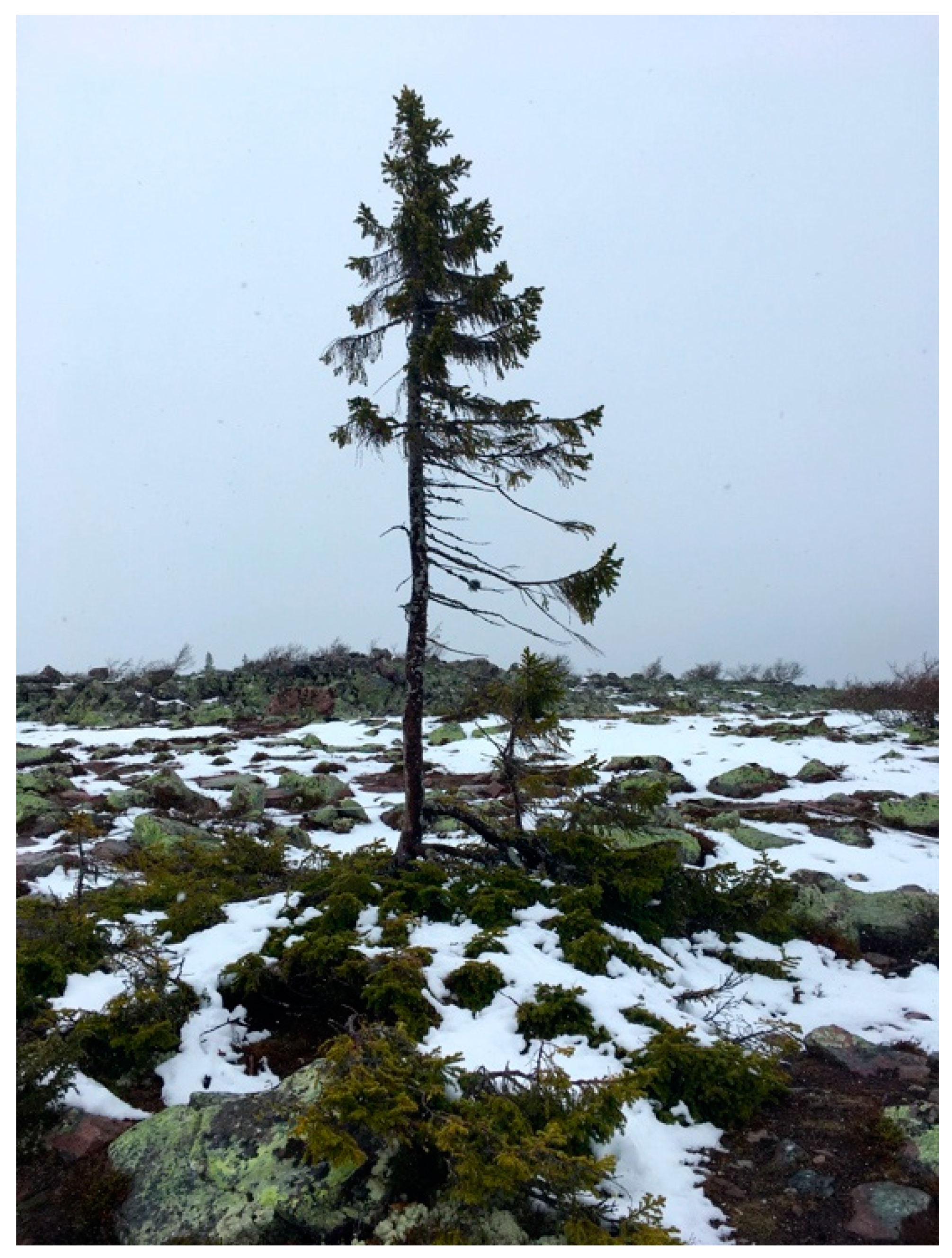Quaternary DNA: A Multidisciplinary Research Field
Abstract
1. Origin and Significance of Quaternary DNA Research
2. DNA Preservation
3. High-Throughput Sequencing Technologies
4. A Multidisciplinary Research Field
5. Environmental DNA Yields Clue to Past Biodiversity
6. Conclusions
Funding
Acknowledgments
Conflicts of Interest
References
- Higuchi, R.; Bowman, B.; Freiberger, M.; Ryder, O.; Wilson, A. DNA sequences from the quagga, an extinct member of the horse family. Nature 1984, 312, 282–284. [Google Scholar] [CrossRef] [PubMed]
- Pääbo, S. Molecular cloning of Ancient Egyptian mummy DNA. Nature 1984, 314, 644–645. [Google Scholar] [CrossRef] [PubMed]
- Rollo, F.; Amici, A.; Salvi, R.; Annarosa, G. Short but faithful pieces of ancient DNA. Nature 1988, 335, 774. [Google Scholar] [CrossRef] [PubMed]
- Golenberg, E.; Giannasi, D.; Clegg, M.; Smiley, C.; Durbin, M.; Henderson, D.; Zurawski, G. Chloroplast DNA sequence from a Miocene Magnolia species. Nature 1990, 344, 656–658. [Google Scholar] [CrossRef] [PubMed]
- Pääbo, S.; Wilson, A.C. Miocene DNA sequences—A dream come true? Curr. Biol. 1991, 1, 45–47. [Google Scholar] [CrossRef]
- Soltis, P.S.; Soltis, D.E.; Smiley, C.J. An rbcL sequence from a Miocene Taxodium (Bald cypress). Proc. Natl. Acad. Sci. USA 1992, 89, 449–451. [Google Scholar] [CrossRef]
- Sidow, A.; Wilson, A.C.; Pääbo, S. Bacterial DNA in Clarkia fossils. Phil. Trans. R. Soc. B 1991, 333, 429–433. [Google Scholar]
- Woodward, S.; Weyand, N.J.; Bunnel, M. DNA sequence from Cretaceous period bone fragments. Science 1994, 266, 1229. [Google Scholar] [CrossRef]
- Cano, R.J.; Poinar, H.N.; Pieniazek, N.J.; Acra, A.; Poinar, G.O. Amplification and sequencing of DNA from a 120-135-million-year-old weevil. Nature 1993, 363, 536–538. [Google Scholar] [CrossRef]
- Gutiérrez, G.; Marín, A. The most ancient DNA recovered from an amber-preserved specimen may not be as ancient as it seems. Mol. Biol. Evol. 1998, 15, 926–929. [Google Scholar] [CrossRef]
- Palkopoulou, E.; Mallick, S.; Skoglund, P.; Enk, J.; Rohland, N.; Li, H.; Omrak, A.; Vartanyan, S.; Poinar, H.; Gotherstrom, A.; et al. Complete genomes reveal signatures of demographic and genetic declines in the woolly mammoth. Curr. Biol. 2015, 25, 1395–1400. [Google Scholar] [CrossRef]
- Lindhal, T. Instability and decay of the primary structure of DNA. Nature 1993, 362, 709–715. [Google Scholar] [CrossRef]
- Allentoft, M.E.; Collins, M.; Harker, D.; Haile, J.; Oskam, C.L.; Hale, M.L.; Campos, P.F.; Samaniego, J.A.; Gilbert, M.T.P.; Willerslev, E.; et al. The half-life of DNA in bone: Measuring decay kinetics in 158 dated fossils. Proc. R. Soc. B Biol. Sci. 2012, 279, 4724–4733. [Google Scholar] [CrossRef]
- Kistler, L.; Ware, R.; Smith, O.; Collins, M.; Allaby, R.G. A new model for ancient DNA decay based on paleogenomic meta-analysis. Nucleic Acids Res. 2017, 45, 6310–6320. [Google Scholar] [CrossRef]
- Orlando, L.; Ginolhac, A.; Zhang, G.; Froese, D.; Albrechtsen, A.; Stiller, M.; Schubert, M.; Cappellini, E.; Petersen, B.; Moltke, I.; et al. Recalibrating Equus evolution using the genome sequence of an early Middle Pleistocene horse. Nature 2014, 498, 74–78. [Google Scholar] [CrossRef]
- Willerslev, E.; Cappellini, E.; Boomsma, W.; Nielsen, R.; Hebsgaard, M.B.; Brand, T.B.; Hofreiter, M.; Bunce, M.; Poinar, H.N.; Johnsen, S.; et al. Ancient biomolecules from deep ice cores reveal a forested southern Greenland. Science 2007, 317, 111–114. [Google Scholar] [CrossRef]
- Margulies, M.; Egholm, M.; Altman, W.E.; Attiya, S.; Bader, J.S.; Bemben, L.A.; Berka, J.; Braverman, M.S.; Chen, Y.-J.; Chen, Z.; et al. Genome sequencing in microfabricated high-density picolitre reactors. Nature 2005, 437, 376–380. [Google Scholar] [CrossRef]
- Bentley, D.R.; Balasubramanian, S.; Swerdlow, H.P.; Smith, G.P.; Milton, J.; Brown, C.G.; Hall, K.P.; Evers, D.J.; Barnes, C.L.; Bignell, H.R.; et al. Accurate whole human genome sequencing using reversible terminator chemistry. Nature 2008, 456, 53–59. [Google Scholar] [CrossRef]
- Goodwin, S.; McPherson, J.D.; McCombie, W.R. Coming of age: Ten years of next-generation sequencing technologies. Nat. Rev. Genet. 2016, 17, 333–351. [Google Scholar] [CrossRef]
- Orlando, L.; Gilbert, M.T.P.; Willerslev, E. Reconstructing ancient genomes and epigenomes. Nat. Rev. Genet. 2015, 16, 395–408. [Google Scholar] [CrossRef]
- Miller, W.; Drautz, D.I.; Ratan, A.; Pusey, B.; Qi, J.; Lesk, A.M.; Tomsho, L.P.; Packard, M.D.; Zhao, F.; Sher, A.; et al. Sequencing the nuclear genome of the extinct woolly mammoth. Nature 2008, 456, 387–390. [Google Scholar] [CrossRef]
- Rasmussen, M.; Li, Y.; Lindgreen, S.; Pedersen, J.S.; Albrechtsen, A.; Moltke, I.; Metspalu, M.; Metspalu, E.; Kivisild, T.; Gupta, R.; et al. Ancient human genome sequence of an extinct Palaeo-Eskimo. Nature 2010, 463, 757–762. [Google Scholar] [CrossRef]
- Green, R.; Krause, J.; Briggs, A.W.; Maricic, T.; Stenzel, U.; Kircher, M.; Patterson, N.; Li, H.; Zhai, W.; Fritz, M.; et al. A Draft Sequence of the Neandertal. Genome 2010, 328, 710–722. [Google Scholar]
- Skoglund, P. Northwest passage to Scandinavia. Nat. Ecol. Evol. 2018, 2, 593–594. [Google Scholar] [CrossRef]
- Dannemann, M.; Kelso, J. The Contribution of Neanderthals to Phenotypic Variation in Modern Humans. Am. J. Hum. Genet. 2017, 101, 578–589. [Google Scholar] [CrossRef]
- Zinger, L.; Bonin, A.; Alsos, I.G.; Balint, M.; Bik, H.; Boyer, F.; Chariton, A.A.; Creer, S.; Coissac, E.; Deagle, B.E.; et al. DNA metabarcoding—Need for robust experimental designs to draw sound ecological conclusions. Mol. Ecol. 2019, 13, e0195403. [Google Scholar] [CrossRef]
- Armbrecht, L.H.; Coolen, M.J.L.; Lejzerowicz, F.; George, S.C.; Negandhi, K.; Suzuki, Y.; Young, J.; Foster, N.R.; Armand, L.K.; Cooper, A.; et al. Ancient DNA from marine sediments: Precautions and considerations for seafloor coring, sample handling and data generation. Earth Sci. Rev. 2019, 196, 102887. [Google Scholar] [CrossRef]
- Renaud, G.; Schubert, M.; Sawyer, S.; Orlando, L. Authentication and Assessment of Contamination in Ancient DNA. In Ancient DNA. Methods in Molecular Biology; Shapiro, B., Barlow, A., Heintzman, P., Hofreiter, M., Paijmans, J., Soares, A., Eds.; Humana Press: New York, NY, USA, 2019; Volume 1963. [Google Scholar]
- Wei, N.; Nakajima, F.; Tobino, T. A Microcosm Study of Surface Sediment Environmental DNA: Decay Observation, Abundance Estimation, and Fragment Length Comparison. Environ. Sci. Technol. 2018, 52, 12428–12435. [Google Scholar] [CrossRef]
- Estrada, O.; Breen, J.; Richards, S.M.; Cooper, A. Ancient plant DNA in the genomic era. Nat. Plants 2018, 317, 111–396. [Google Scholar] [CrossRef]
- Haber, M.; Mezzavilla, M.; Xue, Y.; Tyler-Smith, C. Ancient DNA and the rewriting of human history: Be sparing with Occam’s razor. Genome Biol. Evol. 2016, 17, 1. [Google Scholar] [CrossRef]
- Meyer, M.; Kircher, M.; Gansauge, M.-T.; Li, H.; Racimo, F.; Mallick, S.; Schraiber, J.G.; Jay, F.; Prufer, K.; de Filippo, C.; et al. A high-coverage genome sequence from an archaic Denisovan individual. Science 2012, 338, 222–226. [Google Scholar] [CrossRef] [PubMed]
- Reich, D.; Green, R.E.; Kircher, M.; Krause, J.; Patterson, N.; Durand, E.Y.; Viola, B.; Briggs, A.W.; Stenzel, U.; Johnson, P.L.F.; et al. Genetic history of an archaic hominin group from Denisova Cave in Siberia. Nature 2010, 468, 1053–1060. [Google Scholar] [CrossRef] [PubMed]
- Sankararaman, S.; Mallick, S.; Dannemann, M.; Prufer, K.; Kelso, J.; Pääbo, S.; Patterson, N.; Reich, D. The genomic landscape of Neanderthal ancestry in present-day humans. Nature 2014, 507, 354–357. [Google Scholar] [CrossRef] [PubMed]
- Yotova, V.; Lefebvre, J.F.; Moreau, C.; Gbeha, E.; Hovhannesyan, K.; Bourgeois, S.; Bédarida, S.; Azevedo, L.; Amorim, A.; Sarkisian, T.; et al. An X-Linked Haplotype of Neandertal Origin is Present Among All Non-African Populations. Mol. Biol. Evol. 2011, 28, 1957–1962. [Google Scholar] [CrossRef]
- Vernot, B.; Akey, J.M. Resurrecting Surviving Neandertal Lineages from Modern Human Genomes. Science 2014, 343, 1017–1021. [Google Scholar] [CrossRef]
- Slon, V.; Hopfe, C.; Weiß, C.L.; Mafessoni, F.; la Rasilla de, M.; Lalueza-Fox, C.; Rosas, A.; Soressi, M.; Knul, M.V.; Miller, R.; et al. Neandertal and Denisovan DNA from Pleistocene sediments. Science 2017, 53, eaam9695. [Google Scholar] [CrossRef]
- Parducci, L.; Alsos Greve, I.; Unneberg, P.; Pedersen Winther, M.; Han, L.; Lammers, Y.; Salonen, S.; Väliranta, M.; Slotte, T.; Wohlfarth, B. Shotgun ancient DNA, pollen and macrofossils analysis of Lateglacial lake sediment from southern Sweden. Front. Ecol. Evol. 2019, 7, 189. [Google Scholar] [CrossRef]
- Pedersen, M.W.; Ruter, A.; Schweger, C.; Friebe, H.; Staff, R.A.; Kjeldsen, K.K.; Mendoza, M.L.Z.; Beaudoin, A.B.; Zutter, C.; Larsen, N.K.; et al. Postglacial viability and colonization in North America’s ice-free corridor. Nature 2016, 537, 45–49. [Google Scholar] [CrossRef]
- Gasc, C.; Peyretaillade, E.; Peyret, P. Sequence capture by hybridization to explore modern and ancient genomic diversity in model and nonmodel organisms. Nucleic Acids Res. 2016, 44, 4504–4518. [Google Scholar] [CrossRef]
- Clark, J.S.; Fastie, C.; Hurtt, G.; Jackson, S.T.; Johnson, C.; King, G.A.; Lewis, M.; Lynch, J.; Pacala, S.; Prentice, C.; et al. Reid’s Paradox of Rapid Plant Migration Dispersal theory and interpretation of paleoecological records. BioScience 1998, 48, 13–24. [Google Scholar] [CrossRef]
- Reid, C. The Origin of the British Flora; Dulau: London, UK, 1899. [Google Scholar]
- Birks, H.H.; Giesecke, T.; Hewitt, G.M.; Tzedakis, P.C.; Bakke, J.; Birks, H.J.B. Comment on “Glacial survival of boreal trees in northern Scandinavia”. Science 2012, 338, 742. [Google Scholar] [CrossRef] [PubMed]
- Tzedakis, P.C.; Emerson, B.C.; Hewitt, G.M. Cryptic or mystic? Glacial tree refugia in northern Europe. Trends Ecol. Evol. 2013, 28, 696–704. [Google Scholar] [CrossRef] [PubMed]
- Kullman, L. Boreal tree taxa in the central Scandes during the Late-Glacial: Implications for Late-Quaternary forest history. J. Biogeogr. 2002, 29, 1117–1124. [Google Scholar] [CrossRef]
- McLachlan, J.S.; Clark, J.S. Reconstructing historical ranges with fossil data. For. Ecol. Manag. 2004, 197, 139–147. [Google Scholar] [CrossRef]
- Birks, H.J.B.; Willis, K.J. Alpines, trees, and refugia in Europe. Plant Ecol. Divers 2008, 1, 147–160. [Google Scholar] [CrossRef]
- Gavin, D.G.; Fitzpatrick, M.C.; Gugger, P.F.; Heath, K.D.; Rodríguez Sánchez, F.; Dobrowski, S.Z.; Hampe, A.; Hu, F.S.; Ashcroft, M.B.; Bartlein, P.J.; et al. Climate refugia: Joint inference from fossil records, species distribution models and phylogeography. New Phytol. 2014, 204, 37–54. [Google Scholar] [CrossRef] [PubMed]
- Parducci, L.; Jørgensen, T.; Tollefsrud, M.M.; Elverland, E.; Alm, A.; Fontana, S.L.; Bennett, K.D.; Haile, J.; Matetovici, I.; Suyama, Y.; et al. Glacial Survival of Boreal Trees in Northern Scandinavia. Science 2012, 335, 1083–1086. [Google Scholar] [CrossRef]
- McLachlan, J.S.; Clark, J.S.; Manos, P.S. Molecular indicators of tree migration capacity under rapid climate change. Ecology 2005, 86, 2088–2098. [Google Scholar] [CrossRef]
- Pedersen, M.W.; Overballe-Petersen, S.; Ermini, L.; Sarkissian, C.D.; Haile, J.; Hellstrom, M.; Spens, J.; Thomsen, P.F.; Bohmann, K.; Cappellini, E.; et al. Ancient and modern environmental DNA. Philos. Trans. R. Soc. B Biol. Sci. 2015, 370, 20130383. [Google Scholar] [CrossRef]
- Taberlet, P.; Coissac, E.; Hajibabaei, M.; Rieseberg, L.H. Environmental DNA. Mol. Ecol. 2012, 21, 1789–1793. [Google Scholar] [CrossRef]
- Taberlet, P.; Bonin, A.; Zinger, L.; Coissac, E. Environmental DNA: For Biodiversity Research and Monitoring; Oxford University Press: Oxford, UK, 2018. [Google Scholar]
- Haile, J.; Froese, D.G.; MacPhee, R.D.E.; Roberts, R.G.; Arnold, L.J.; Reyes, A.V.; Rasmussen, M.; Nielsen, R.; Brook, B.W.; Robinson, S.; et al. Ancient DNA reveals late survival of mammoth and horse in interior Alaska. Proc. Natl. Acad. Sci. USA 2009, 106, 22352–22357. [Google Scholar] [CrossRef] [PubMed]
- Willerslev, E.; Davison, J.; Moora, M.; Zobel, M.; Coissac, E.; Edwards, M.E.; Lorenzen, E.D.; Vestergård, M.; Gussarova, G.; Haile, J.; et al. Fifty thousand years of Arctic vegetation and megafaunal diet. Nature 2014, 506, 47–51. [Google Scholar] [CrossRef] [PubMed]
- Boessenkool, S.; MCGlynn, G.; Epp, L.S.; Taylor, D.; Pimentel, M.; Gizaw, A.; Memomissa, S.; Brochmann, C.; Popp, M. Use of Ancient Sedimentary DNA as a Novel Conservation Tool for High-Altitude Tropical Biodiversity. Conserv. Biol. 2013, 28, 446–455. [Google Scholar] [CrossRef] [PubMed]
- Alsos, I.G.; Sjögren, P.; Edwards, M.E.; Landvik, J.Y.; Gielly, L.; Forwick, M.; Coissac, E.; Brown, A.G.; Jakobsen, L.V.; Føreid, M.K.; et al. Sedimentary ancient DNA from Lake Skartjørna, Svalbard: Assessing the resilience of arctic flora to Holocene climate change. Holocene 2016, 26, 627–642. [Google Scholar] [CrossRef]
- Holdaway, R.J.; Wood, J.R.; Dickie, I.A. Using DNA metabarcoding to assess New Zealand’s terrestrial biodiversity. New Zealand J. Ecol. 2017, 41, 2. [Google Scholar]
- Ahmed, E.; Parducci, L.; Unneberg, P.; Ågren, R.; Schenk, F.; Rattray, J.E.; Han, L.; Muschitiello, F.; Pedersen, M.W.; Smittenberg, R.H.; et al. Archaeal community changes in Lateglacial lake sediments: Evidence from ancient DNA. Quat. Sci. Rev. 2018, 181, 19–29. [Google Scholar] [CrossRef]
- Ficetola, G.F.; Poulenard, J.; Sabatier, P.; Messager, E.; Gielly, L.; Leloup, A.; Etienne, D.; Bakke, J.; Malet, E.; Fanget, B.; et al. DNA from lake sediments reveals long-term ecosystem changes after a biological invasion. Sci. Adv. 2018, 4, eaar4292. [Google Scholar] [CrossRef]
- Parducci, L.; Bennett, K.D.; Wood, J.R.; Suyama, Y.; Alsos Greve, I.; Ficetola, G.F.; Winther Pedersen, M. Ancient plant DNA from lake sediments. New Phytol. 2017, 214, 924–942. [Google Scholar] [CrossRef]
- Chen, W.; Ficetola, G.F. Conditionally autoregressive models improve occupancy analyses of autocorrelated data: An example with environmental DNA. Mol. Ecol. Resour. 2019, 19, 163–175. [Google Scholar] [CrossRef]
- Domaizon, I.; Winegardner, A.; Capo, E.; Gauthier, J.; Gregory-Eaves, I. DNA-based methods in paleolimnology: New opportunities for investigating long-term dynamics of lacustrine biodiversity. J. Paleolimnol. 2017, 58, 1–21. [Google Scholar] [CrossRef]
- Smith, O.; Momber, G.; Bates, R.; Garwood, P.; Fitch, S.; Pallen, M.; Gaffney, V.; Allaby, R.G. Sedimentary DNA from a submerged site reveals wheat in the British Isles 8000 years ago. Science 2015, 347, 998–1001. [Google Scholar] [CrossRef] [PubMed]
- Briggs, A.W.; Stenzel, U.; Johnson, P.L.F.; Green, R.E.; Kelso, J.; Prufer, K.; Meyer, M.; Krause, J.; Ronan, M.T.; Lachmann, M.; et al. Patterns of damage in genomic DNA sequences from a Neandertal. Proc. Natl. Acad. Sci. USA 2007, 104, 14616–14621. [Google Scholar] [CrossRef] [PubMed]
- Jónsson, H.; Ginolhac, A.; Schubert, M.; Johnson, P.L.F.; Orlando, L. mapDamage2.0: Fast approximate Bayesian estimates of ancient DNA damage parameters. Bioinformatics 2013, 29, 1682–1684. [Google Scholar] [CrossRef] [PubMed]
- On the Use and Abuse of Ancient DNA. Available online: https://www.nature.com/articles/d41586-018-03857-3 (accessed on 1 December 2019).




© 2019 by the author. Licensee MDPI, Basel, Switzerland. This article is an open access article distributed under the terms and conditions of the Creative Commons Attribution (CC BY) license (http://creativecommons.org/licenses/by/4.0/).
Share and Cite
Parducci, L. Quaternary DNA: A Multidisciplinary Research Field. Quaternary 2019, 2, 37. https://doi.org/10.3390/quat2040037
Parducci L. Quaternary DNA: A Multidisciplinary Research Field. Quaternary. 2019; 2(4):37. https://doi.org/10.3390/quat2040037
Chicago/Turabian StyleParducci, Laura. 2019. "Quaternary DNA: A Multidisciplinary Research Field" Quaternary 2, no. 4: 37. https://doi.org/10.3390/quat2040037
APA StyleParducci, L. (2019). Quaternary DNA: A Multidisciplinary Research Field. Quaternary, 2(4), 37. https://doi.org/10.3390/quat2040037




